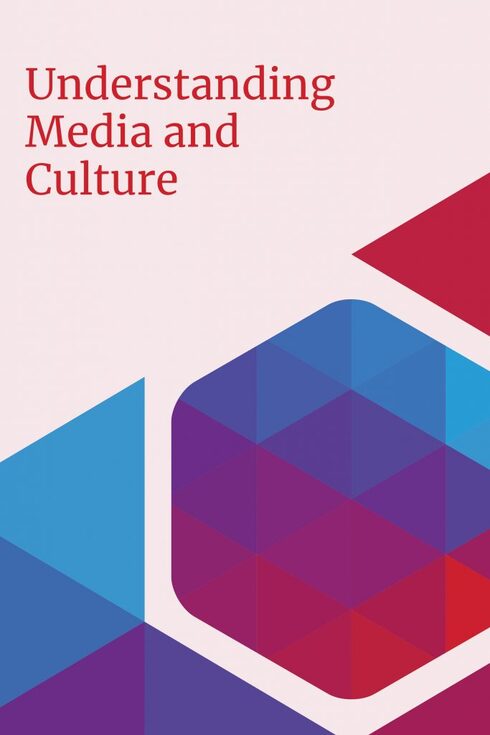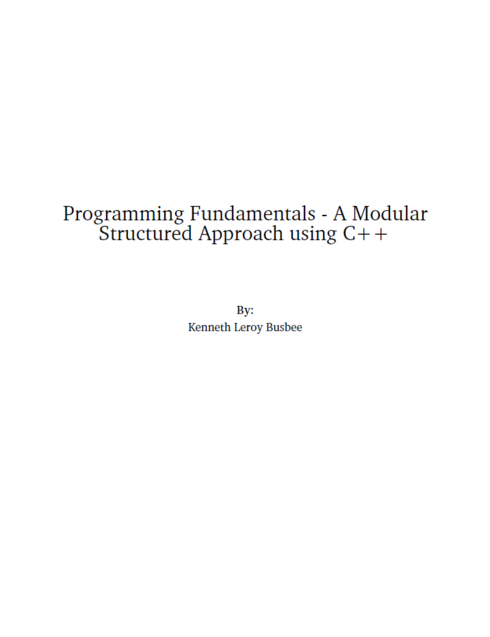Managerial Accounting
Copyright Year:
Contributors: Heisinger and Hoyle
Publisher: Saylor Foundation
License: CC BY-NC-SA
Kurt Heisinger and Joe Ben Hoyle believe that students want to learn accounting in the most efficient way possible, balancing coursework with personal schedules. They tend to focus on their studies in short intense segments between jobs, classes, and family commitments. Meanwhile, the accounting industry has endured dramatic shifts since the collapse of Enron and WorldCom, causing a renewed focus on ethical behavior in accounting. This dynamic author team designed Managerial Accounting to work within the confines of today's students' lives while delivering a modern look at managerial accounting.
![]()
![]()
![]()
![]()
![]()
(8 reviews)










